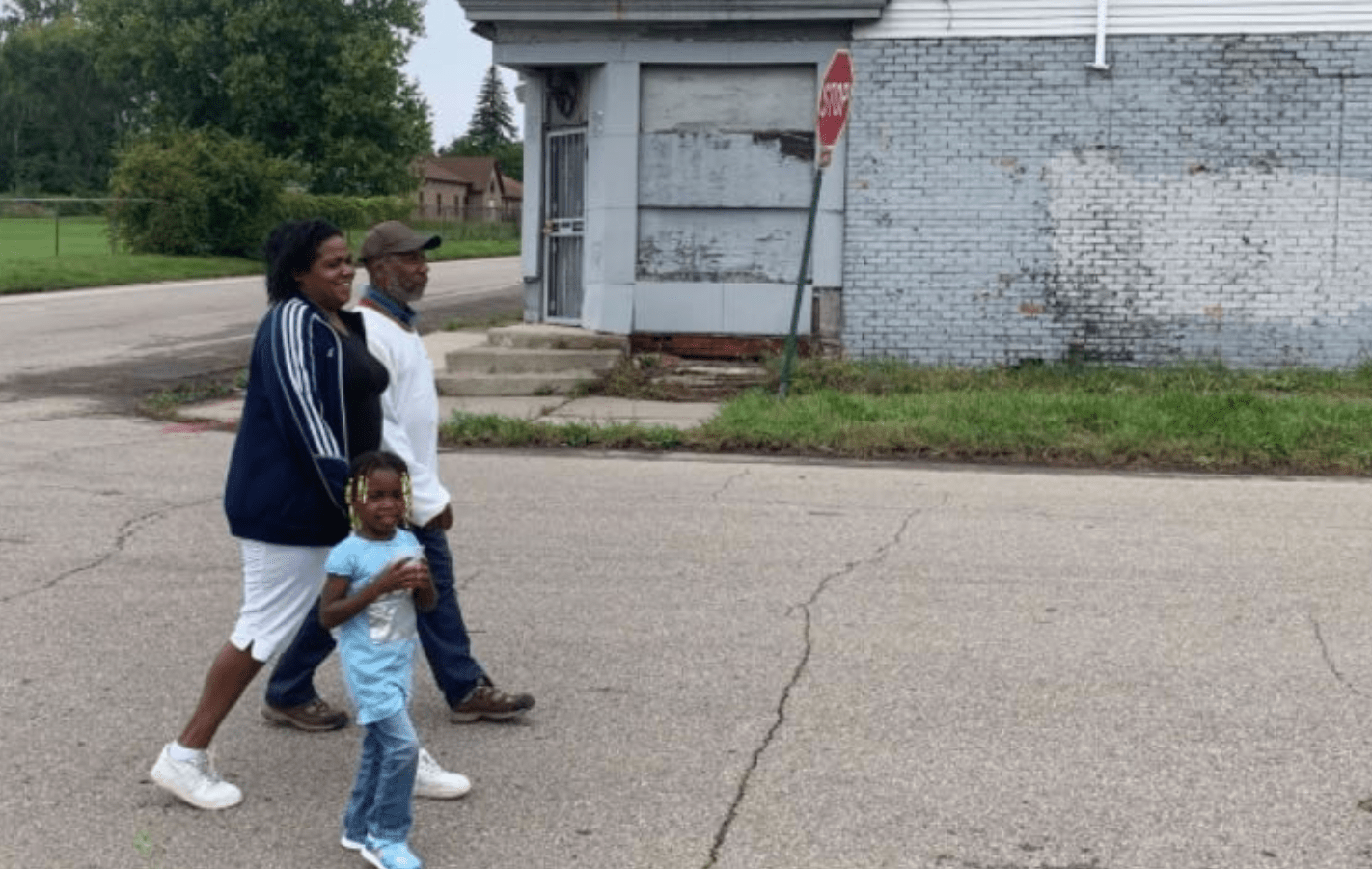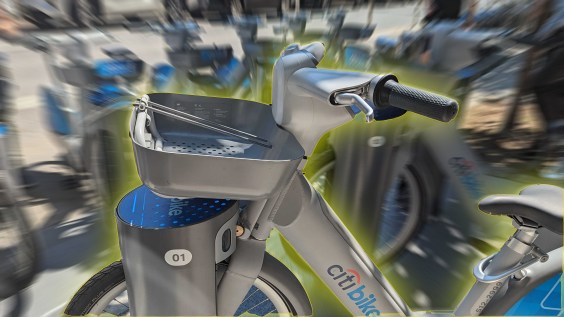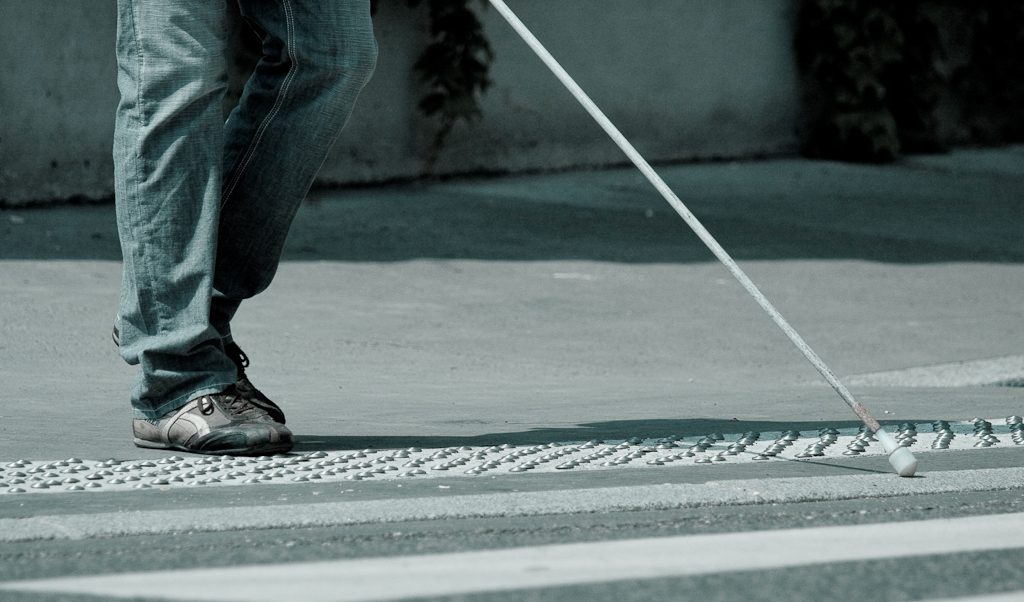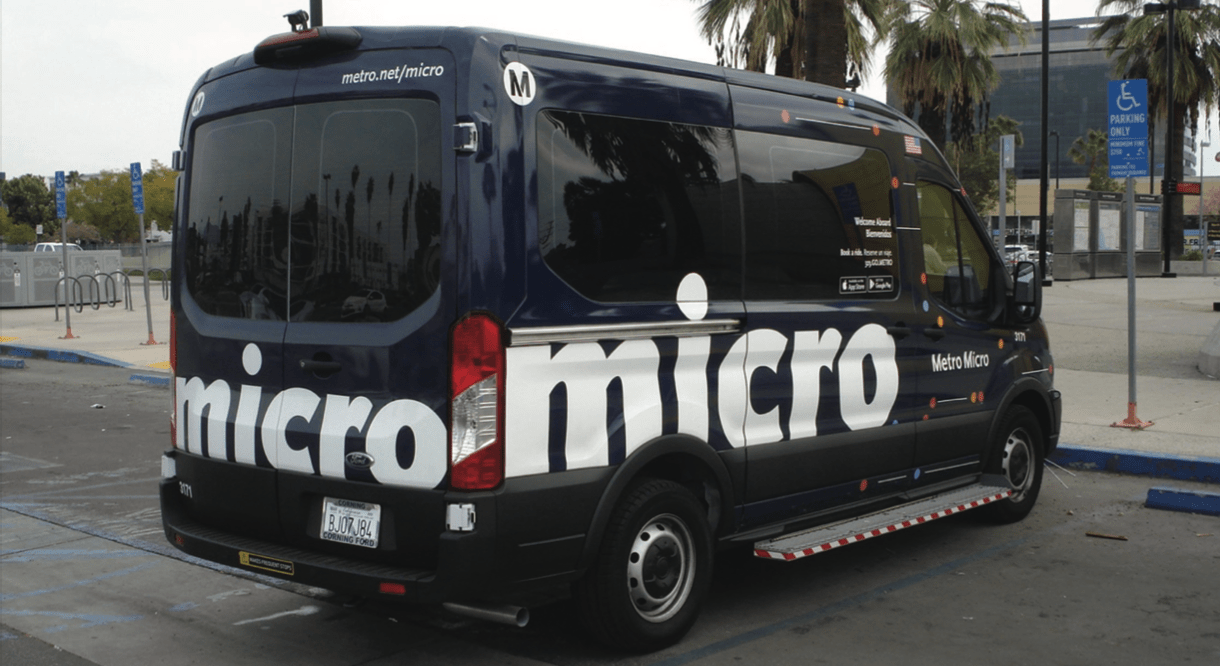About 58 percent of qualifying children can’t make it to a Head Start program on transit — making it more likely that they'll fall behind on critical developmental skills, according to a report from the National Head Start Association and the Civic Mapping Initiative.
Head Start provides a host of vital services like free meals for children up to 5 years old, as well as support for participating families. The federal program serves almost one million children under age 5 each year at roughly 16,000 centers nationwide. About 800,000 of those kids need transportation to get to their Head Start center.
As a result, proximity to Head Start via transit is one of the primary barriers for participants, said Abigail Seldin, co-founder of CMI, a research center that supports critical civic infrastructure.
“Many geographies don't explicitly consider the needs of parents traveling with small children," Seldin said.
CMI and NHSA collaborated on an interactive map that measured the distance between Head Start programs and the nearest fixed transit stop.
Only about 42 percent of Head Start programs have a transit stop within 0.2 miles, which the report defined as walking distance for a toddler. Meanwhile, about 10.5 percent were between one and five miles, and about 29.1 percent of programs were not near any transit stops at all. (The report only looked at the location of transit stops, not whether the transit has reliable service, which is another issue.)
The remaining 18.5 percent were between 0.2 miles and one mile. And that's reason for optimism — because it shows that if transit agencies made a few changes, they could improve access and increase the odds of participation in the program.
Children who successfully transitioned through Head Start programs have better social-emotional, language, and cognitive development; are more likely to graduate from high school, attend college, and receive a post-secondary degree, license or certification, according to data from HSHA. A 2019 report from Brookings concurred that overall, there were significant positive outcomes for children who participated in Head Start versus those that did not.
But transit access doesn’t just help program participants, but also Head Start workers.
“Staffing is a concern for all employers, but closer bus stops can help recruit and retain staff,” Sheronda Smith, president of the Tennessee Head Start Association, said in the report.
Transit officials in Memphis are using the data to make real world improvements on their system. The Memphis Area Transit Authority plans to relocate bus stops near three Head Start centers in their service area this week.
“We’re thrilled to be a part of this innovative initiative that affects the next generation and directly benefits our families and children in Memphis,” MATA CEO Gary Rosenfeld said in a press release. “This collaboration shows public transit has the power to elevate the lives of infants, toddlers and children of all ages.”
And while MATA’s actions are promising, there is still much more that can be done to improve transit accessibility for Head Start participants. Some recommendations highlighted in the study:
- Make sure transit planners have a list of all Head Start locations
- Make transit routes easy to find and understand
- Invest in free transit programs for some populations
- Make Head Start facilities a part of transit grant applications
- Expand transit access in general.
For Seldin, the data CMI and NHSA produced will be the beginning of an ongoing and evolving discussion about transit.
“We want [transit agencies] to look at our map and plan to engage with Head Start operators and families within their local geographies, to understand their needs better and identify ways that they can work together,” Seldin said.





